This post may contain affiliate links. Please read my disclosure policy.
Tart, slightly sweet, fizzy, and full of healthy probiotics, this Kombucha Recipe is an easy, step-by-step approach for how to make this flavorful drink at home.
Kombucha is a fermented tea-based, healthy probiotic drink with a fizzy effervescent kick. It can be unflavored or flavored. Depending on what ingredients you flavor it with, the kombucha can taste sweet and fruity, tea-like and herbal, or tart and citrusy.
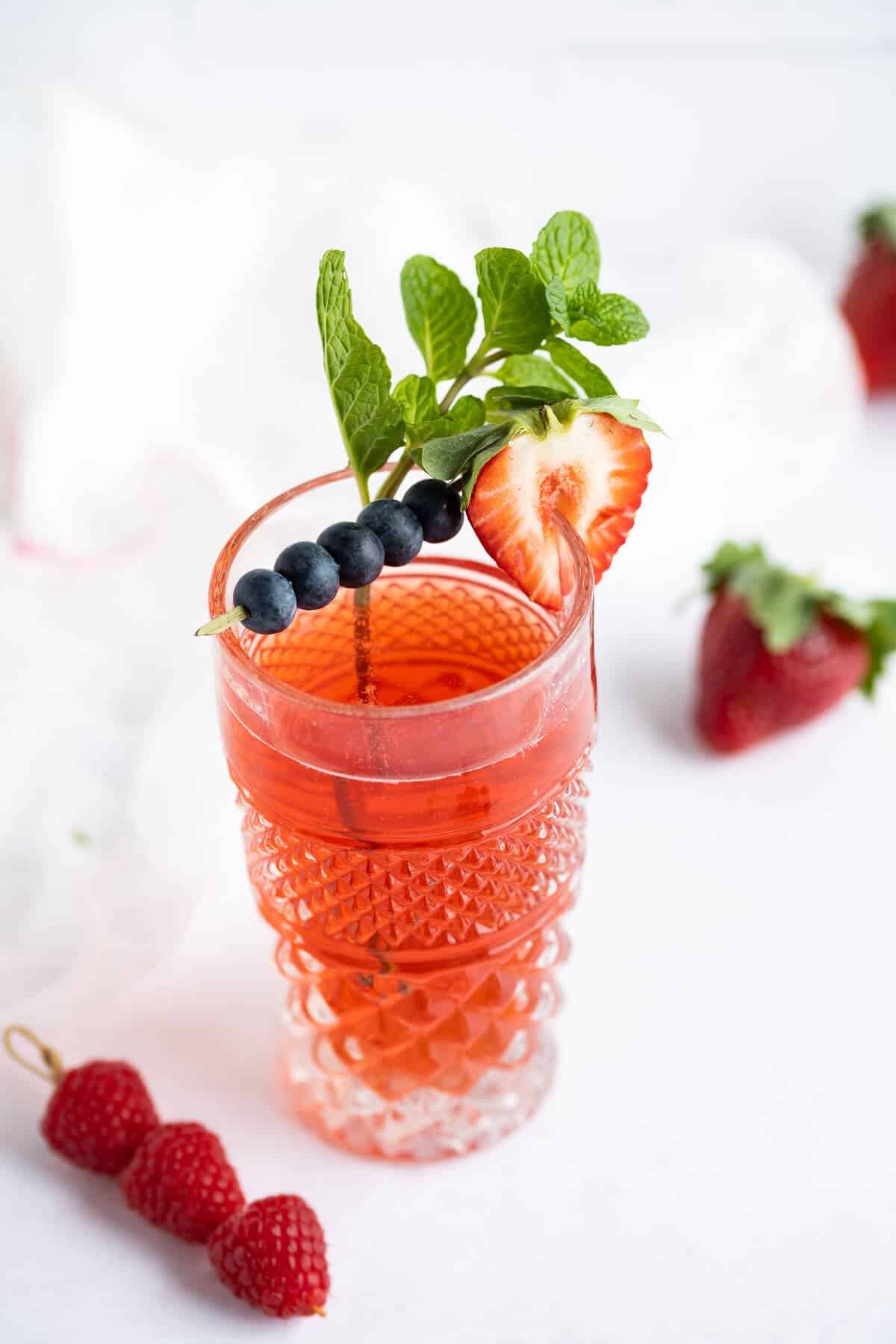
Kombucha can be purchased at your local health food store, or even at your regular grocery store, but it’s actually really easy to make. Not to mention, it’s more economical.
I’m a big fan of being able to take in nutrition and healthy recipes in a way that tastes GREAT!
For example, I’ll use bone broth anytime a recipe calls for regular broth. Smoothies are another great option, they give you that ‘sweet craving’ satisfaction, but are good for you. Metabolism Boosting Tea (tastes like an iced chai) and Breakfast Cookies are more favorites of ours.
That’s why I love this recipe. It does so much good for your body but tastes like a yummy carbonated treat, or a cocktail or mocktail.
Why This Recipe Works
- Numerous Health Benefits.
- Immune boosting.
- Inexpensive to make.
- Endless flavor variations.
Equipment needed
There are some specific tools you’ll need to be successful.
- Large Stockpot– for brewing the large batch of tea.
- Gallon size glass jar– This holds all the tea during the fermentation process. You can purchase one on amazon, or a gallon size pickle jar from Costco works well too. Of course, eat the pickles first and wash it down well.
- Coffee filter or cotton woven towel or paper towels– You probably have this at home, but it’s important because it allows everything to breathe, but keeps unwanted dust, particles, and fruit flies out. You can NOT use any type of metal lid.
- Rubber band– to hold the towel on the top of the jar.
- Funnel and Ladle– These tools make it easy to transfer the kombucha from the brewing jar to the bottles.
- Siphon (optional)– Another tool for bottling kombucha. It’s not necessary, and you can easily use a funnel and ladle as mentioned above.
- Swing-top glass bottles to bottle the kombucha after the fermentation process. These come in many different sizes and are really convenient. You can also use any glass bottle that has a plastic lid, again, no metal. I prefer 16-ounce bottles.
Key Ingredients
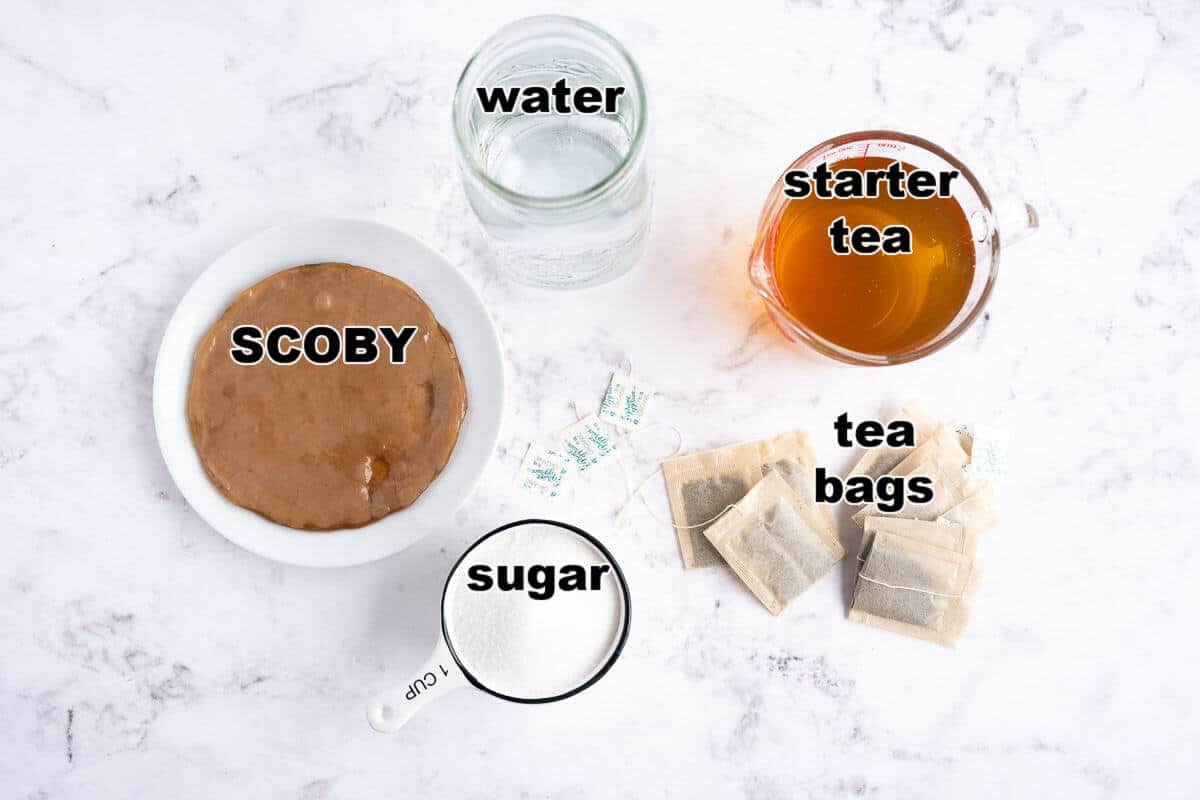
- Tea bags– My favorite is Oolong Tea because it has added health benefits, but almost any tea will do. Black tea or Green tea are the best choices, and even an all around ‘regular’ tea works just fine. Stay away from decaffeinated and herbal tea.
- Granulated White Sugar is important in this recipe as it affects the fermentation process. Honey or sugar free substitutes or are not recommended because the probiotics will not thrive without actual sugar. This ends up being low sugar in the end because the the fermentation process eats the sugar.
- Starter Tea- This is kombucha tea from a previous batch, or a store bought kombucha. It’s best to use plain, unflavored kombucha for this as flavorings can affect your initial fermentation process.
- SCOBY– This stands for Symbiotic Culture of Bacteria and Yeast. Or, some refer to it as Symbiotic Colony of Bacteria and Yeast.
- You can get one from a kombucha making friend
- purchase it online, or at some health food stores.
- After you make your first batch, the scoby will float to the top and you can reuse it.
- You can start from scratch and grow your own. See details in this post.
How to Make Kombucha
This is an overview of the instructions, be sure to see the recipe card for all the details.
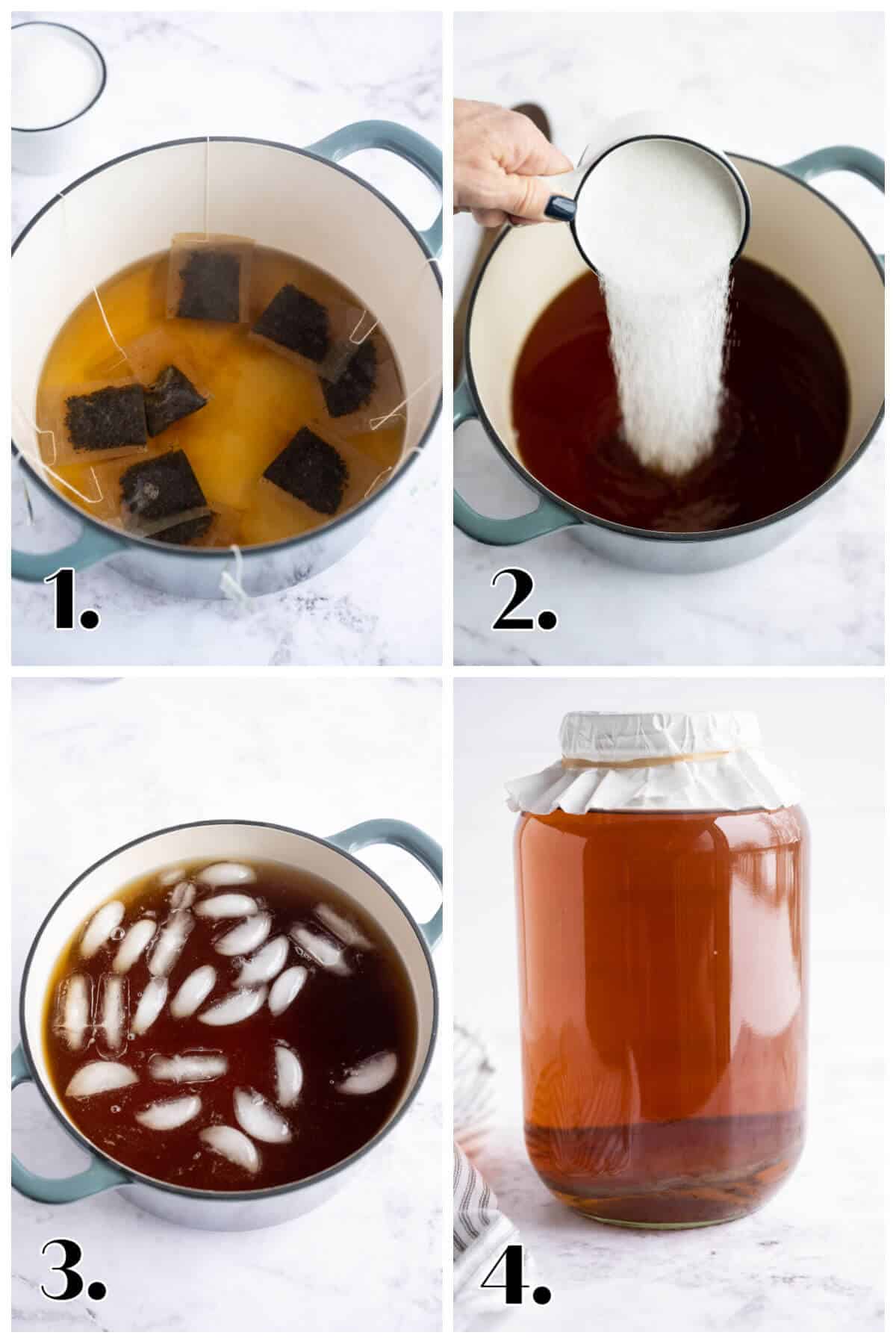
- Heat one quart of water in a stockpot. It should be hot water, but it doesn’t have to quite come to a boil. Add the tea bags and turn off the heat, let it brew for 15 minutes.
- Remove the tea bags, and add one cup of sugar. Stir it until it’s completely dissolved.
- Add 2 cups of ice and 2 1/2 quarts of cold water to bring the tea to room temp.
- Place in a 1-gallon jar with starter and SCOBY. Cover with a coffee filter or a tightly woven cotton kitchen towel, secured with a rubber band.
The tea should sit at room temperature, out of direct sunlight, in a spot where it won’t be disturbed for 7-10 days. I keep mine on my kitchen counter in the back corner.
After 7 days, give the tea a taste. If it’s still too sweet, then give it a few more days. If you like the taste, then you can bottle it, chill it and serve.
How to do a Second Fermentation
Doing a secondary fermentation gives you a fizzy drink.
- Once you’re finished with the first brew, and you’re happy with the taste, put it into glass bottles. A funnel and a ladle work great for transferring it over.
- Close them up and let the kombucha sit at room temperature for another 3-7 days. At that point, you can chill it by moving to the refrigerator. Then it’s ready to serve.
The longer you let it sit, the more fizz it will have. If you let it go much longer than the 7 days, then just be careful when you open it. It may fizz up and bubble over upon opening.
How To Make Flavored Kombucha
If you want to get creative, you can make a flavored kombucha, which happens during the second fermentation.
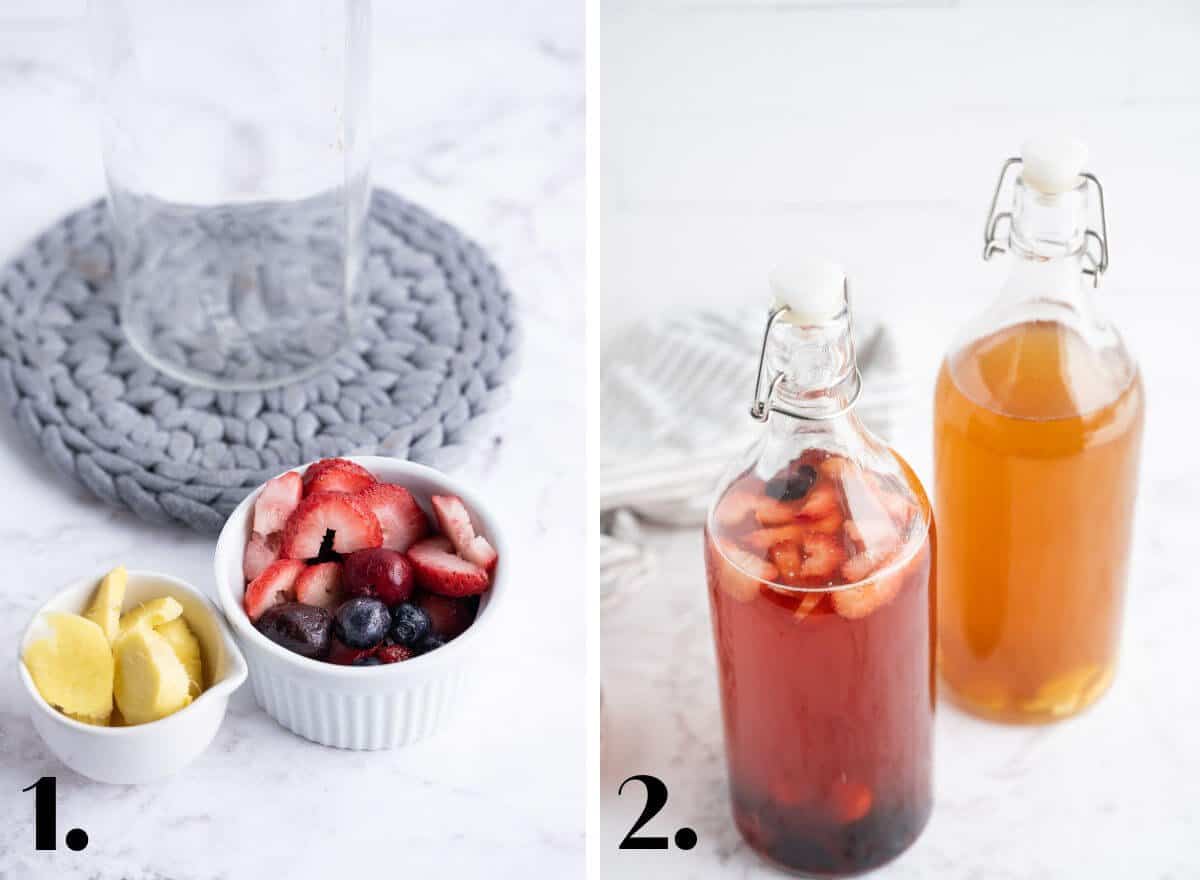
I’m making a ginger kombucha and a fruit kombucha using frozen mixed berries.
- Prepare the fruit/flavoring ingredients by slicing or dicing it if needed.
- Place it into the flip-top bottle, add the brewed kombucha, seal it and let it sit for another 3-7 days. Chill in the refrigerator and serve.
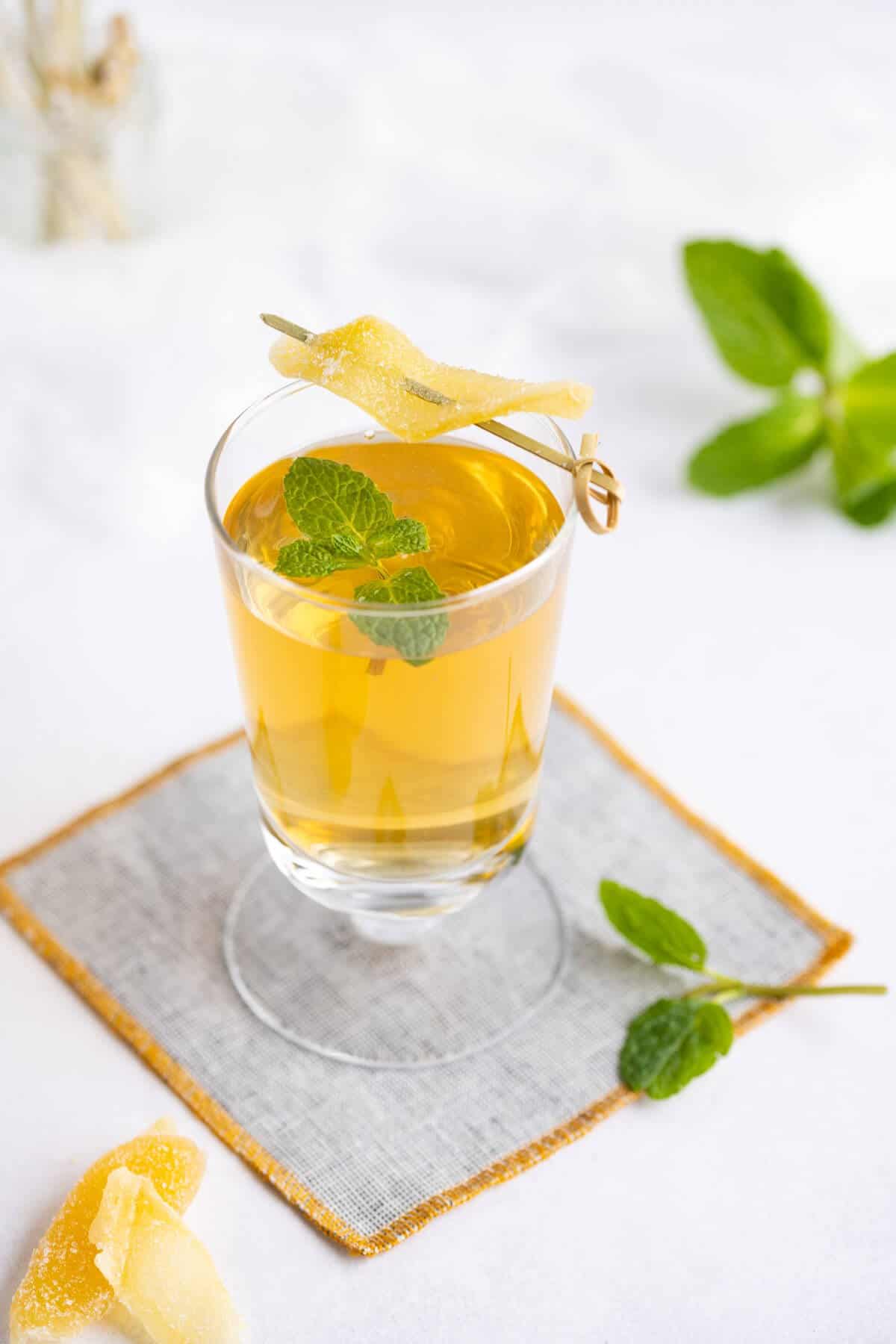
You can serve it straight up or over ice. I love adding a garnish to mine, just for fun and it feels fancy, or like a celebration. Candied ginger is so delicious as a garnish on the ginger kombucha.
Expert Tips
- The SCOBY looks kind of gross. This is normal! My scoby has been used countless times and is more brown. it started out more tan.
- If you purchase a SCOBY online, don’t get the dehydrated one, get the live one that comes in some liquid.
- Be sure that every bottle, instrument, and also your hands are very clean. Remember that you are working with good bacteria, and the last thing you want is cross contamination with bad bacteria.
- After the first fermentation, taste it. If it tastes too sweet, then let it ferment a couple more days.
- The second fermentation is optional. The longer time will give you more fizz or bubbles in your end result. There is no fizz in a single fermentation batch.
- If you like flavored kombucha then a second fermentation is the time to add the flavor.
- Do not use metal tops to seal your bottles. Metal can react with the ingredients in Kombucha and cause toxicity. Also avoid plastic bottles because plastics are porous and can contain bacteria. The best Kombucha bottles are sterilized glass with a swing top lid.
- Sometimes your kombucha will have ‘floaties’ or particles from the flavoring or just the process (think apple cider vinegar with the mother), this is normal and if that bothers you, strain it as you pour it into your glass. A mini fine mesh strainer, like a tea strainer works well.
- Your SCOBYs will multiply! Brand new SCOBYs will form, and sometimes they grow on top of each other. Gently cut or pull them apart if it becomes too thick. They will keep in starter tea (keep them covered) for a long time. Soon you’ll have your own SCOBY hotel.
- Kombucha is wonderful on it’s own, but can also be used in cocktails or mocktails, check out this Sangria Recipe
Frequently Asked Questions
Kombucha is tart, slightly sweet, and effervescent. It can be flavored, which will add more variety to the taste. It could be fruity, floral, spicy, or herbaceous depending on how it’s flavored.
Kombucha contains probiotics that are beneficial to the immune system. The probiotics also aid in digestion. If the kombucha is created from green tea, then there are high counts of antioxidants that protect your cells from free radical damage. Antioxidants also help burn fat and lower cholesterol and blood sugar levels.
Because it’s made by fermentation it does contain a small amount of alcohol. Most store-bought kombucha contains less than 0.5% ABV.
Kombucha is accepted as being safe for children. If you have very young children or toddlers, you may want to dilute it a little. My children have all been drinking it since they were about 5 or 6 years old.
A SCOBY will last for years and can be reused over and over. However, your SCOBYs will multiply as you brew kombucha. You can gently tear off the new SCOBY and use that in your next batch, or store the extras in the starter tea. If you put them in the refrigerator they will become dormant. You can pull them out again when you are ready to use them.
You’ll know if your SCOBY has gone bad if you see traces of mold or if it turns black. Mold will look green, white, or black and can be fuzzy. If this is the case, then it has likely been contaminated with bad bacteria, and it should be discarded immediately.
Health Benefits
As far as health benefits, the list is long. You may or may not be interested in all of these, but I’ve listed what I’ve found from researching it. For me, I’m completely content with just the gut health and immune-boosting gain.
- It alkalinizes the blood
- It’s probiotic
- It detoxifies the liver
- It increases your metabolism
- It improves digestion
- It rebuilds connective tissue – helps with arthritis, gout, asthma, rheumatism
- It considered a cancer prevention
- It alleviates constipation
- It increases your energy
- Improves your mood
- Kills Candida (yeast)
- It helps nutrient assimilation
- Aids in weight loss
Flavor Ideas
You can use fresh fruit, frozen fruit, or fruit juice to add additional flavor. Herbs and spices can also be used. Here are a few ideas to try or get your juices going (ha! see what I did there?!). The flavor combinations are endless.
- Strawberry basil
- Blueberry
- Peach
- Orange ginger
- Raspberry
- Mango peach
- Apples and cinnamon
- Pears and cinnamon
- Cherries and almond extract
- Lemon and Rosemary or thyme
- Grapefruit or a blend of citrus fruits
- Blackberry
- Pineapple
- Pineapple strawberry
- pumpkin pie spice
- Lavender Lemon
Additional Information on SCOBYs
Let’s talk a little more about the SCOBY. People can get hung up on this part if they’re not familiar or have never used one.
These little good bacteria and yeast colonies often look like slimy, rubbery, disks. Their color can vary from white to yellowish-brown. Some of them will have a stringy bottom that is -gross looking- but normal.
The bacteria and yeast in the SCOBY will feed on the sugars in the tea you use, thus transforming your sugars into ethanol and cellulose.
The entire process turns regular tea into tasty kombucha with a healthy SCOBY colony floating on the top. The ethanol production will not produce enough alcohol to be intoxicating, it is less than 0.5%
If you want to make a hard kombucha, you’ll need to use a different yeast, and there is an additional step. We don’t consume a lot of alcohol in our home aside from the occasional glass of wine, so I have not tested this.
If you’re interested in making a hard kombucha, this is a thorough article.
How To Make Your Own Scoby
You can grow your own SCOBY from scratch with these simple instructions. It will take 1-4 weeks to grow one.
- Bring 7 cups of water to a boil.
- Remove it from the heat, add 1/2 cup of white granulated sugar, stir until dissolved.
- Add 4 black tea bags, steep until the water is room temperature.
- Remove the tea bags and add the room temperature tea to a 2 quart or larger glass jar. Then add 1 cup of a store bought, unflavored, unpasturized kombucha. If it has a little blobby thing in the bottom (baby SCOBY), make sure it gets transferred, if there isn’t one, that is fine.
- Cover the jar with a coffee filter, paper towel, or tightly woven cloth and secure with a rubber band.
- Let stand at an average room temperature of 70°. In 1-4 weeks you will have a SCOBY.
A new SCOBY will look a little bumpy but it will smooth over time.
Storing
Because kombucha is live and raw, it rarely goes bad. Let your smell and taste be the judge here. If it tastes tarter and like vinegar, then it’s getting older. It won’t harm you but probably won’t taste as good. If it just tastes ‘off’, then don’t drink it.
Kombucha should be stored in the refrigerator and stay sealed. It can last six months.
SCOBYs can be stored at room temperature in starter tea (make sure they are submerged and the top of the jar is covered). They will multiply just as they do when you are brewing kombucha.
You can also store extra SCOBYs in the refrigerator (also in the starter tea) and they will become dormant. Then you can pull it out for use at a later time.
You May Also Like
Please share
Your shares are how this site grows, and I appreciate each one. Do you know someone who would enjoy this recipe?
I’d love it if you shared it on your favorite Pinterest board or Facebook! AND…if you like this recipe, please do me a favor and give it a ⭐️ ⭐️ ⭐️ ⭐️ ⭐️ rating! TIA 🥰
You can also follow along on YouTube and Instagram!
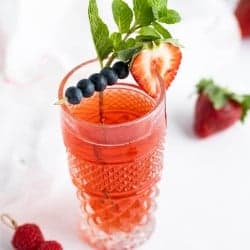
Kombucha Recipe
Equipment
- 1 large stockpot
- 1 gallon size glass jar
- tightly woven cloth, paper towel, or coffee filter to use as a lid to cover the jar.
- rubber band to secure the cloth covering.
- ladle and funnel to easily bottle the kombucha
- Optional: Siphon could be used instead of ladle and funnel.
- swing top bottles no metal tops.
Ingredients
Basic Kombucha
- 8 tea bags black tea, oolong tea, or green tea. Nothing decaffeinated, and no herbal teas.
- 1 cup sugar
- 4 quarts water
- 2 cups starter tea From a previous batch of kombucha, or store bought kombucha. Should not be flavored.
- 1 SCOBY Symbiotic Culture Of Yeast.
Flavored Kombucha for optional second fermentation
- 1/4 cup berries Fresh or frozen. Fruit juice works too.
- 1/4 cup fresh ginger, peeled and sliced.
Instructions
- Heat 1 quart water in a stock pot until hot, but not boiling.
- Add the tea bags and let brew off of the heat for 15 minutes.
- Remove the tea bags.
- Add the sugar and stir until dissolved.
- Add 2 cups of ice and 2 1/2 quarts of cold water to bring the tea to room temperature.
- Pour the tea into a gallon sized jar with the starter tea and the SCOBY.
- Cover with a coffee filter or a tightly woven cotton kitchen towel secured with a rubber band.
- Let it sit at room temperature for 7-10 days where it will be undisturbed.
- Pour tea into bottles and store in the refrigerator.
Optional Second Fermentation
- If flavoring, add fruit, fruit juice, or herbs (depending on how you want to flavor it) to swing top bottles and pour the tea in.
- Let stand at room temperature for another 3-7 days.
- Refrigerate and serve.
Notes
- If you purchase a SCOBY online, don’t get the dehydrated one, get the live one that comes in some liquid.
- Be sure that every bottle, instrument, and also your hands are very clean. Remember that you are working with good bacteria, and the last thing you want is cross-contamination with bad bacteria.
- After the first fermentation, taste it. If it tastes too sweet, then let it ferment a couple more days.
- The second fermentation is optional. The longer time will give you more fizz or bubbles in your end result. There is no fizz in a single fermentation batch.
- If you like flavored kombucha then a second fermentation is the time to add the flavor.
- Do not use metal tops to seal your bottles. Metal can react with the ingredients in Kombucha and cause toxicity. Also, avoid plastic bottles because plastics are porous and can contain bacteria. The best Kombucha bottles are sterilized glass with a swing top lid.
- Sometimes your kombucha will have ‘floaties’ or particles from the flavoring or just the process (think apple cider vinegar with the mother), this is normal and if that bothers you, strain it as you pour it into your glass.
Nutrition
HUNGRY FOR MORE? Subscribe to my newsletter to have recipes delivered to your inbox and to stay up to date on the latest!

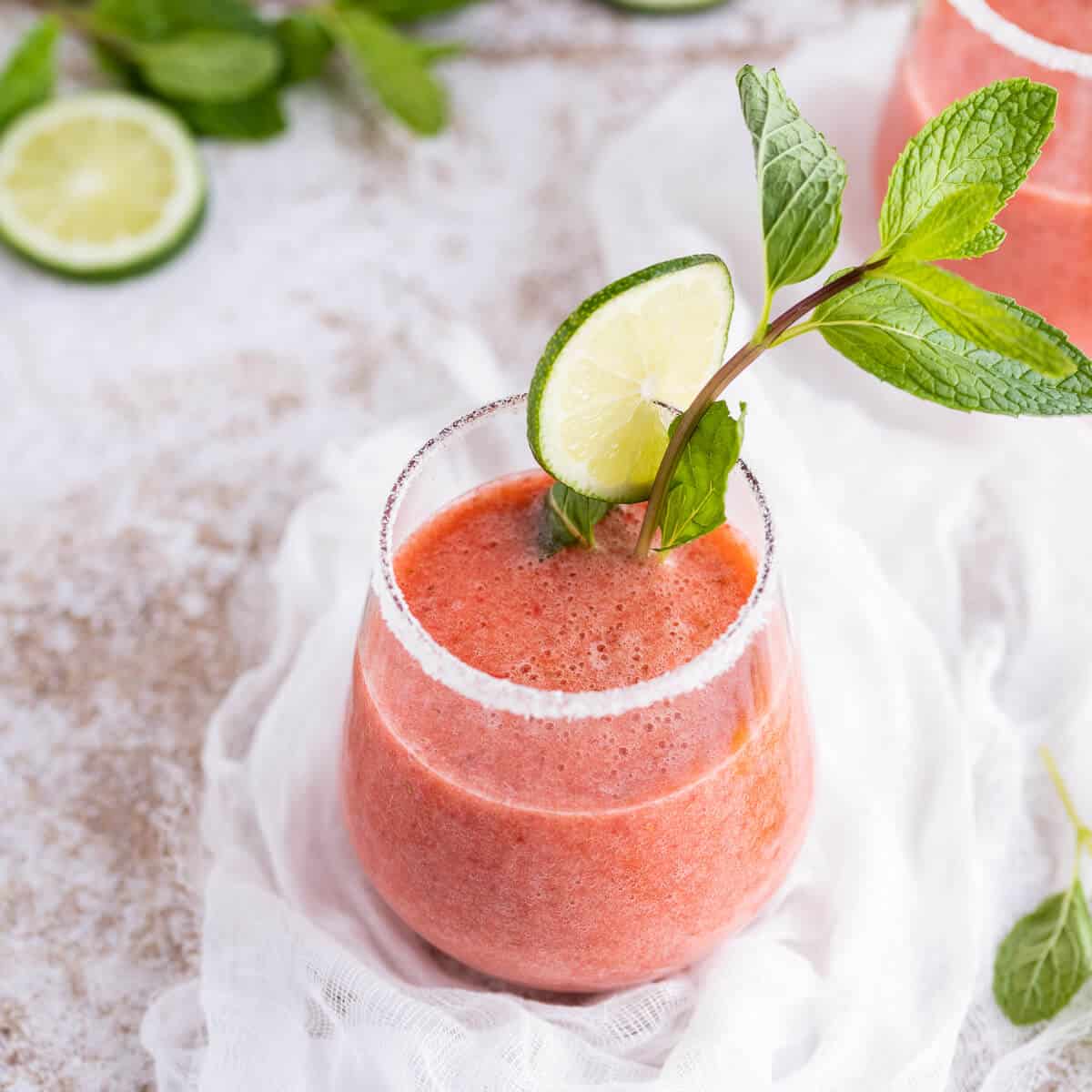
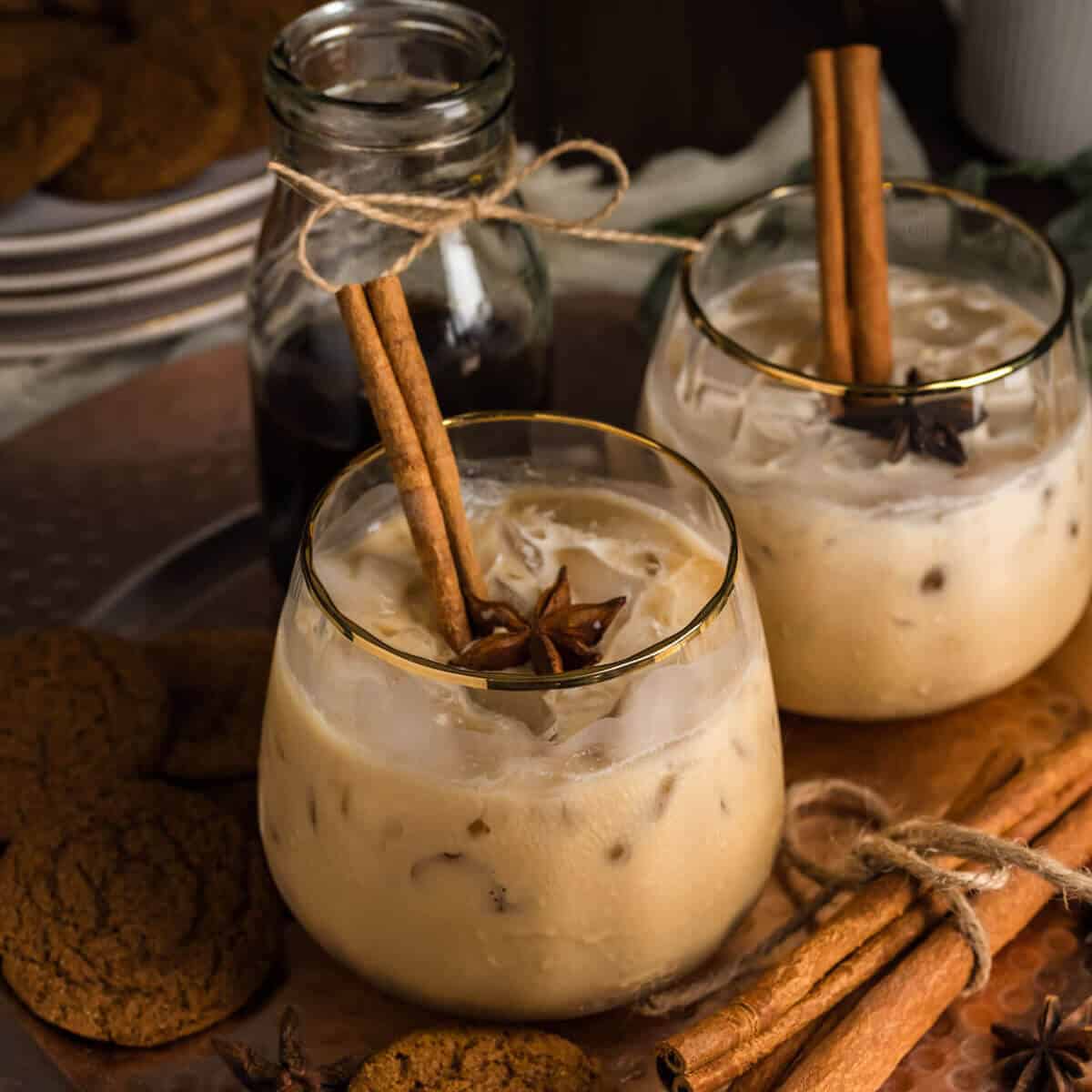
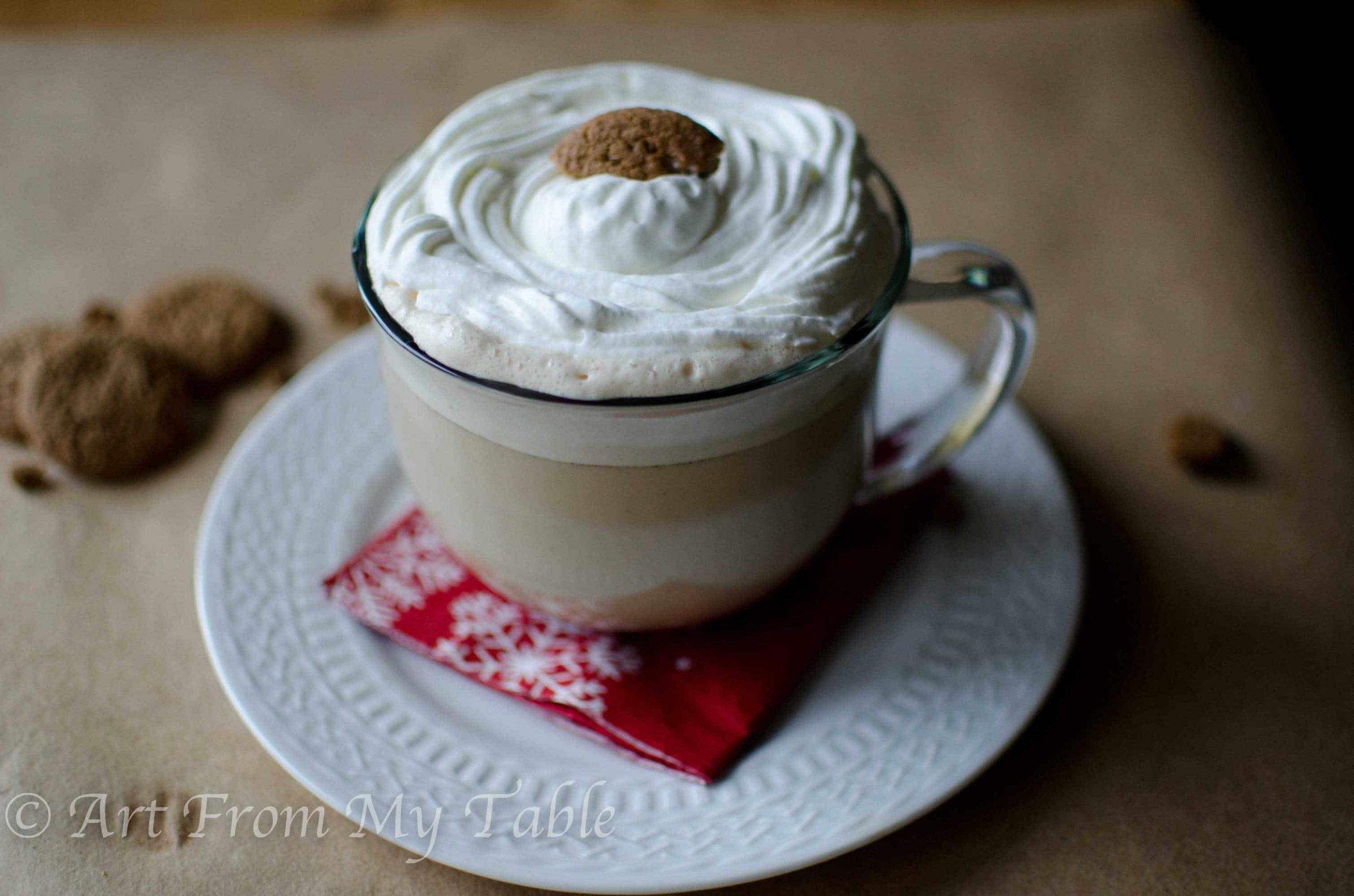
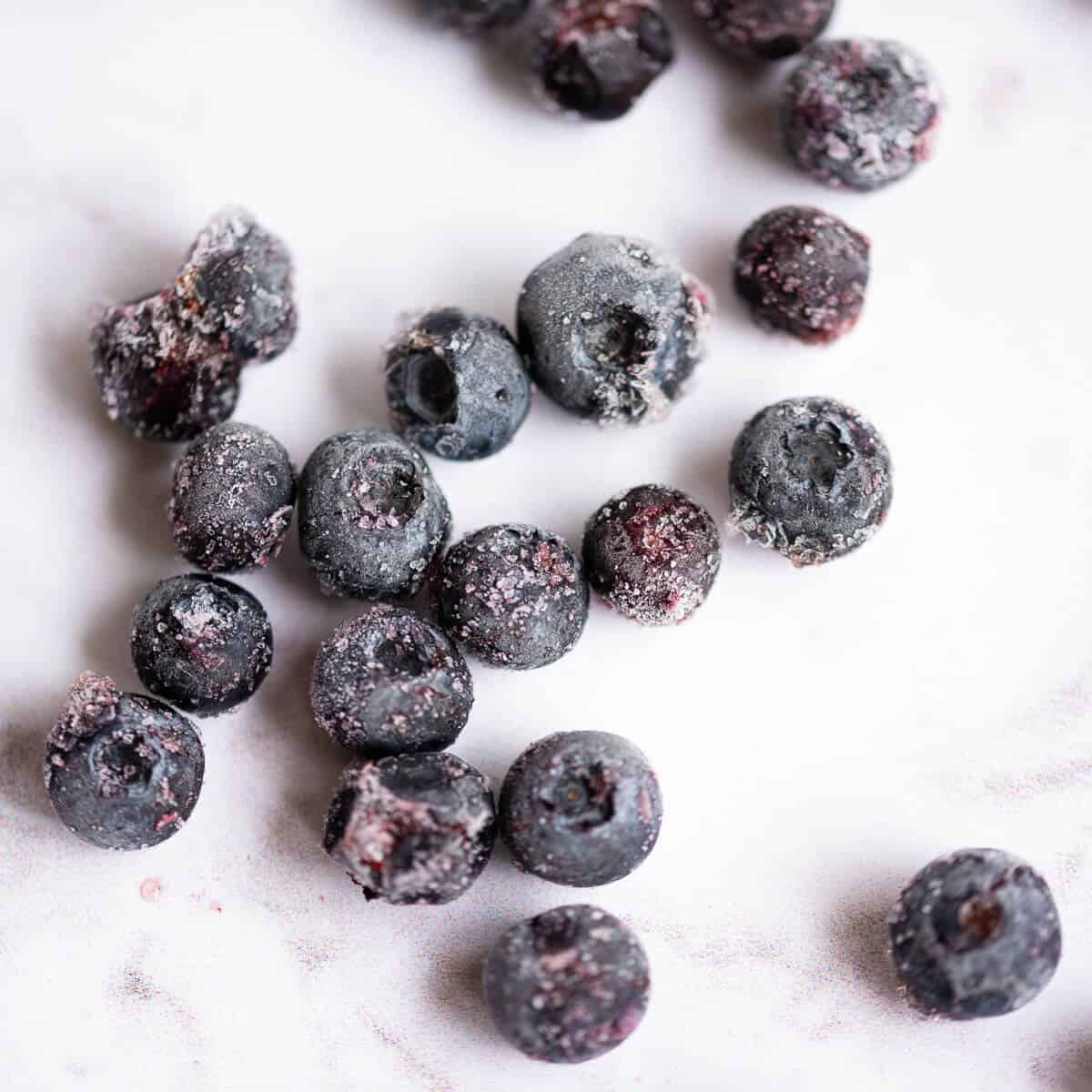
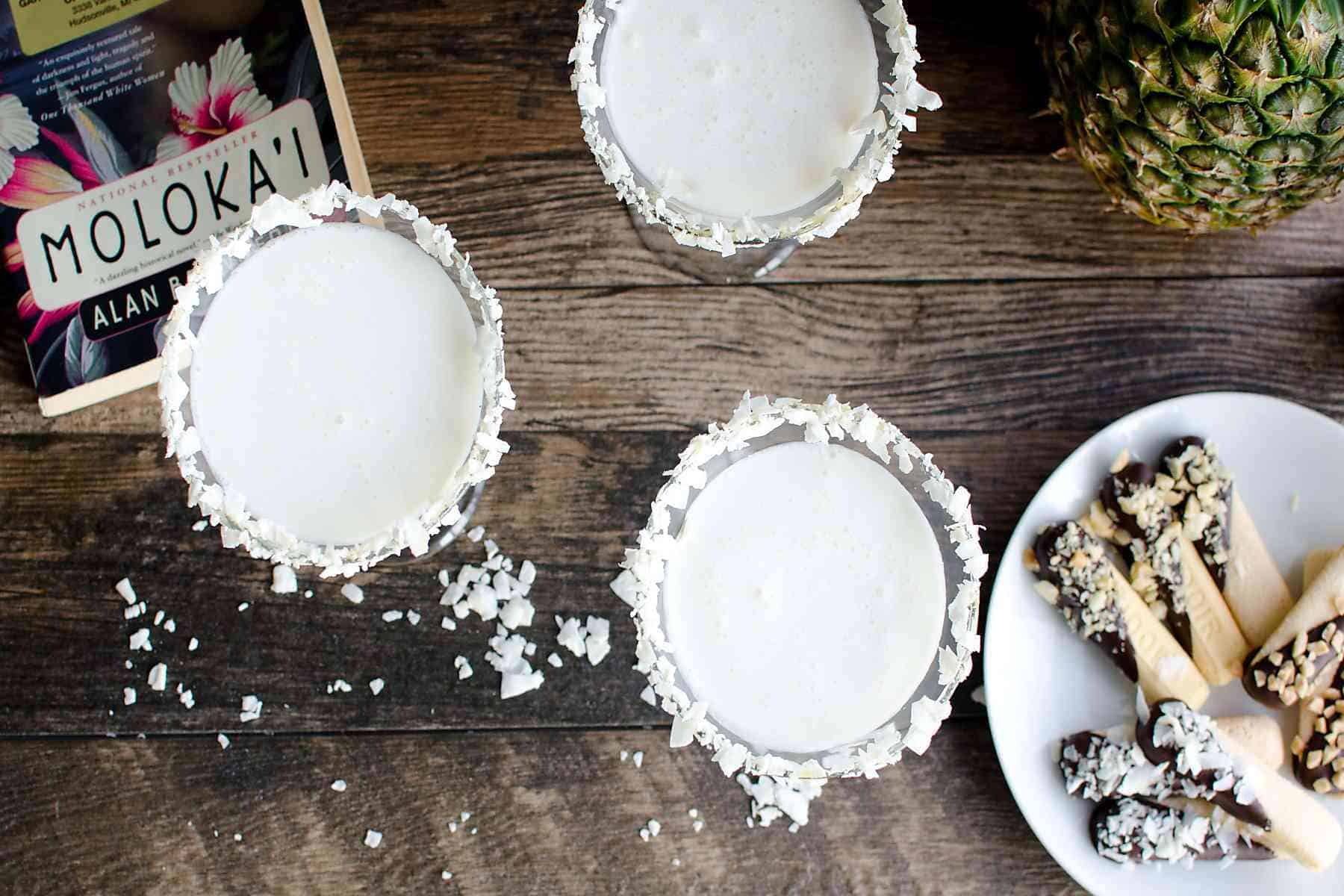
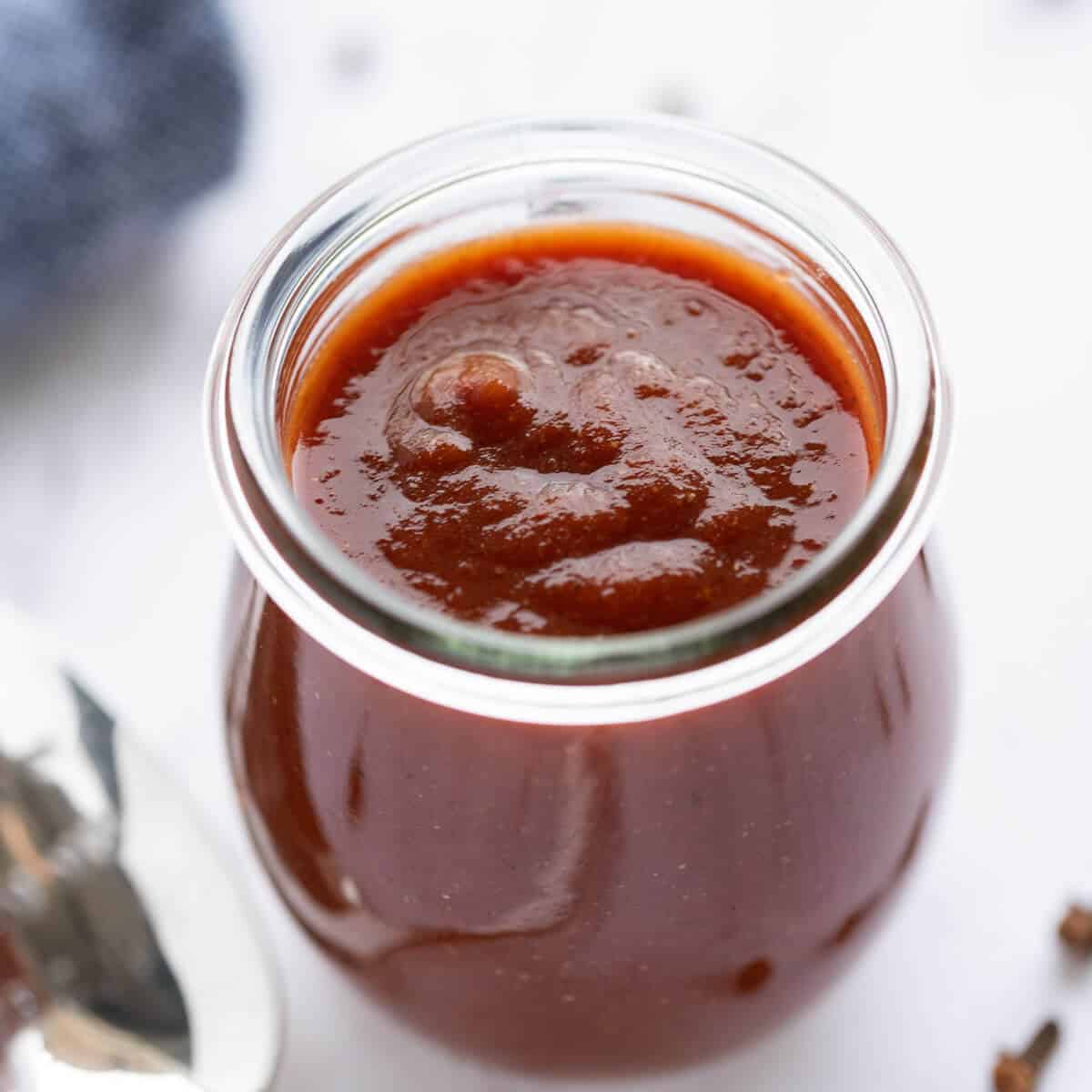
Looks yum
You got this!
Recently, I ordered ready-made kombucha from the Mr. Lemonade website which I highly recommend, and I was wondering how to make flavored kombucha by myself. After reading this post, I think I’ll give it a try on my own 🙂
Great question. You have some options– 1. Put a call out to your local friends that might make this already, or post it on Facebook. People that make kombucha on a regular basis usually have a whole jar full of SCOBIES. They multiply after a while. Starter tea is simply some of the kombucha from your previous batch, if you get a SCOBY from a friend, they probably can give you some starter tea too. Or, you can use some store-bought kombucha for the starter. 2. You can order a kit that includes a SCOBY and starter tea from Amazon. Here is a link to one I found (I am an affiliate of Amazon, but not of this brand) https://amzn.to/3CgET2o. 3. You can make your own SCOBY and starter tea. This is going to be more time consuming, it can take one to four weeks for the SCOBY to grow. If you want to go with route #3, reach back out to me and I’ll tell you how to do it.
Where do I get the starter tea and the scooby
Thank you for taking the time to leave your comment! I love making kombucha and there are so many ways to customize it. Different teas, flavors, etc. Thanks for sharing your experience with us. I love the flavors you mentioned, ginger especially is one of my favorites. I’ve always wanted to do a rootbeer, but I haven’t yet. How did your rootbeer turn out?
I’ve been booching for a few months now, I’ve read many articles, and many recipes, talked to a lot of people about kombucha, some encouraging and some not so encouraging. I did purchase a few different brands to test it to see if this was something that I would like. I liked it but I felt that if I wanted the full benefit of the kombucha tea I would have to brew my own, which is more economical and I know exactly what’s in it. Your recipe is the first that I used. I do deviate from it now by mixing teas, depending on what I have available in the house, but your recipe now my base recipe that I start with. I decided to start booching because of the health benefits. I’m now having fun with it I love the second fermentation with fruits. Most of my second fermentation have lemon and ginger, I’ve even used coconut water in a second fermentation, I especially like fresh orange juice and most times I’ll put orange wedges in because I like watching the wedges float to the top when you open the bottle and it fizzes. I have some rootbeer extract, so I’m going to try a batch for a second fermentation this week.
There are a lot of recipes for root beer but it’s basically sarsaparilla, sassafras, wintergreen and vanilla but you can also use rootbeer extract.
The possibilities are endless, and I love your suggestions! Thanks for sharing your tips with us. What do you use for rootbeer?
I’ve been making Booch for many years now. My timing is a little different. I do first ferment for two weeks and second for about 2 or 3 days, depending on whether it is summer or winter, (ambient temperature.) I’ve had some big messes opening a much too carbonated bottle. I’ve found that certain fruits make much more carbonation. I’ve gotten to the point where I just buy organic juice and flavor with that. We’ve made root beer, ginger, and a multitude of flavors. One of my favorites is chili- ginger- lime. If I use organic grape juice, my grandkids think it tastes like grape soda. Possibilities are endless.
Hi! I’d recommend 2 cups of starter tea if you’re making the gallon batch. 🙂
Hello! I am excited to make this recipe but am stuck on how much starter kombucha I should put in. Is there an amount you would recommend?